The Worlds of Balanchine
In the ephemeral realm of dance, the longevity of his influence is unique and shows no signs of waning.
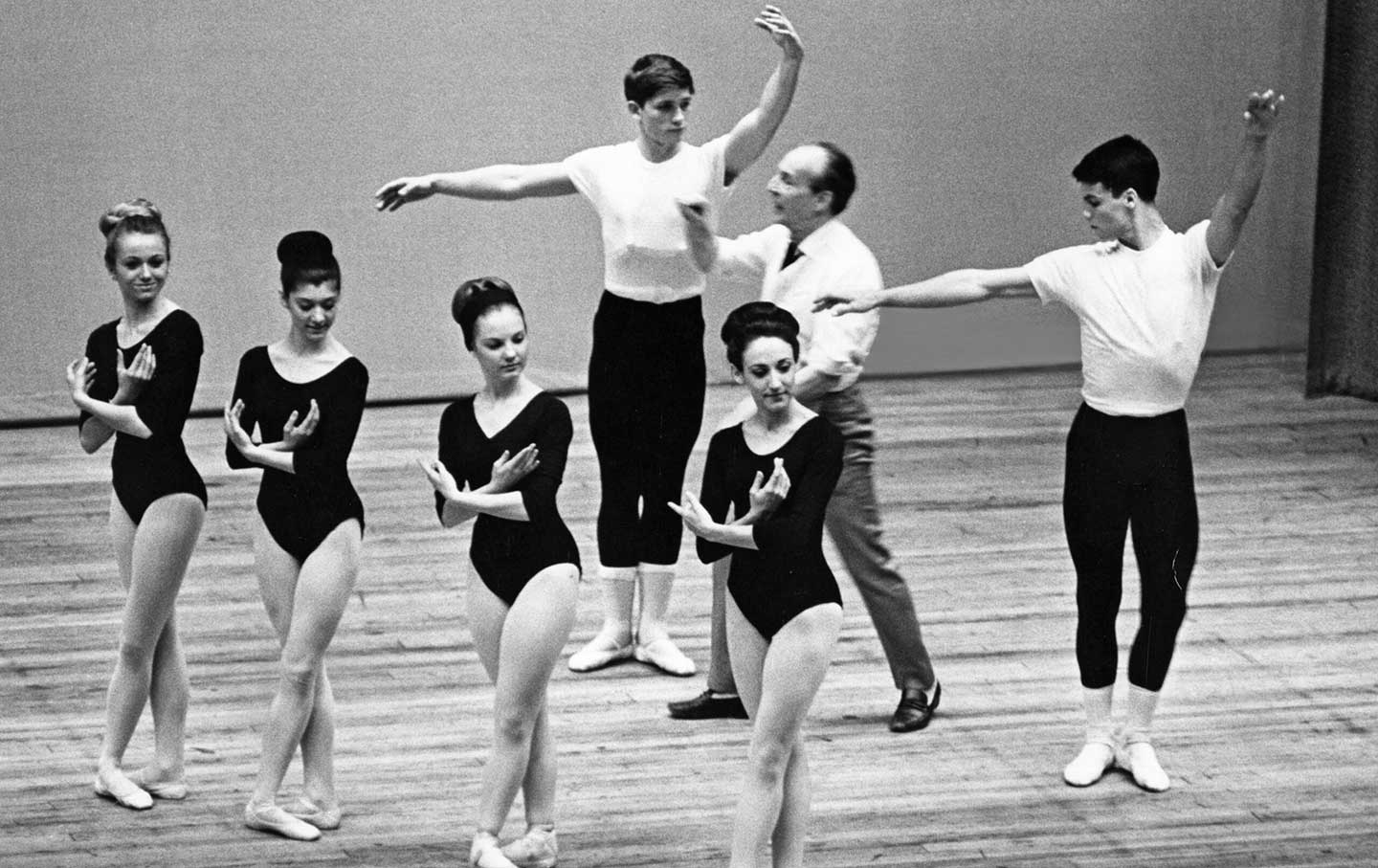
It’s fitting that choreographer George Balanchine is experiencing a cultural moment around the 40th anniversary of his death. In the ephemeral realm of dance, the longevity of his influence is unique and it shows no signs of waning. Balanchine’s ballets—beloved for their sophisticated abstraction and musicality—have become staples of the repertoire for ballet companies in the United States and beyond, and they have been performed more often since his death than during his lifetime. Two institutions jointly founded by Balanchine and impresario Lincoln Kirstein—the New York City Ballet (NYCB) and the School of American Ballet (SAB)—continue to cultivate his artistic legacy on the stages and in the classrooms of Lincoln Center. Among his other accomplishments, Balanchine made The Nutcracker a Christmas classic in the United States, and for many ballet enthusiasts it would be as difficult to conceive of ballet without Balanchine as it would be to spend the holidays without the Mouse King and the Sugar Plum Fairy.
Just as Balanchine towers over ballet, a recent biographical portrait of him looms larger than the rest: Jennifer Homans’s long-awaited Mr. B: George Balanchine’s 20th Century. An accomplished historian and dance critic, Homans also possesses an insider’s access to the culture of the New York City Ballet and the School of American Ballet. She was trained at the SAB and danced with the Pacific Northwest Ballet (one of many companies of the Balanchine diaspora) prior to her career as a writer and scholar. While not the first book-length account of Balanchine’s life, Mr. B will be the book against which all subsequent volumes about Balanchine will be measured: It is comprehensive and wide-ranging. The book is also something else as well. It is, on the one hand, a chronicle of the foundation of the New York City Ballet and the School of American Ballet and, on the other, a treatise on the canonization of Balanchine as the preeminent choreographer of the 20th century. Homans’s proximity to the NYCB-SAB empire gives her insights into both; at times it also makes this canonization appear inevitable. Yet it was never a foregone conclusion, and in Mr. B, too, one gets glimmers of a gifted artist and flawed human struggling but not always succeeding to remake ballet in his image.
The circumstances of Balanchine’s childhood would not have led anyone to predict that he would eventually achieve the cultural status he enjoys today. Born in czarist St. Petersburg as Georgi Balanchivadze, he came from a family of modest means but artistic inclinations. His father was a composer and his mother a woman of uncertain lineage, and among the many murky details of Balanchine’s childhood, it is not entirely clear whether his parents were ever legally married. While his early years were lean ones in terms of the family’s wealth, after his mother won the lottery the family enjoyed the luxuries of the haute bourgeoisie in a fashionable city apartment, with foreign-language tutors for Georgi and his two siblings. (There was even a vacation home in the Finnish countryside.) Yet his father ultimately squandered the funds on questionable investments, leaving the family with significantly diminished means. Faced with economic uncertainty, Balanchine’s mother sought to enroll his sister in the Imperial Ballet School, which would guarantee a free education and renewed respectability for the family. While his sister was auditioning, it was decided that he might as well be put through the screening process too—and in the end, he was offered a place in the school, while his sister was turned away.
The young Georgi Balanchivadze got off to a rough start in his new environment. He was permanently traumatized by being immediately left at the school by his mother after his audition. But he eventually settled into and thrived in his new environs, demonstrating an aptitude for not just dancing but also music, becoming fluent in music theory and accomplished at the piano. As members of the czar’s personal household, he and his fellow students at the school (along with the adult dancers whose ranks they were destined to join) were provided a level of material comfort not afforded to most Russians at the time, and he soon acquired a new first name, “Georges.”
In the wake of the 1917 revolution and its aftermath, Balanchivadze sought to escape the disruptions of the emergent Soviet Union by going west. Like many of his fellow classmates, he made his way to Paris to become part of Serge Diaghilev’s Ballets Russes. For two decades, Diaghilev’s troupe served as a laboratory of modernistic innovation in ballet, responsible for groundbreaking work including The Rite of Spring and The Firebird. Diaghilev gave Georges Balanchivadze not only opportunities to dance and choreograph but also a more marketable surname: “Balanchine.” In these formative years, Balanchine began to work on his craft in earnest, developing unexpected movement vocabularies that pushed the boundaries of ballet.
In the wake of Diaghilev’s death and the dissolution of his troupe, Balanchine and other members of the Ballets Russes diaspora sought new opportunities in other parts of Europe and beyond. Through a series of fortuitous connections, Balanchine was eventually introduced to a young Harvard-educated American named Lincoln Kirstein, who was interested in starting a new ballet enterprise in the United States. With nothing to lose and war looming in Europe, Balanchine accepted the invitation, and after a brief false start in Hartford, Conn., the two opened the School of American Ballet in New York City in early 1934. After almost 15 years of attempts and experimentation, they eventually also created a stable ballet company, today known as the New York City Ballet, which this season celebrated its 75th anniversary.
Although the New York City Ballet and the School of American Ballet today seem to be almost permanent institutions, in the early years they frequently teetered on the brink of failure, sometimes in tandem with Balanchine’s own chronic health issues. Along the way, Balanchine compiled not only a roster of impressive collaborators—most notably composer Igor Stravinsky—but also a series of marriages (and divorces) as well as romantic relationships that blurred the lines between the professional and the personal.
Over time, Balanchine developed a distinct mode of abstraction. His ballets often had no plot other than the interplay of music and dance. In Serenade, the first new ballet he made after emigrating to the United States, he arranged 17 dancers in unusual asymmetrical patterns accompanied by Tchaikovsky’s lush Serenade for Strings. In subsequent works like Concerto Barocco (set to a Bach double violin concerto) and The Four Temperaments (to a commissioned score by Paul Hindemith), dancers appeared in practice clothes on bare stages, creating unique patterns that invited audiences to “see the music and hear the dance,” as he put it.
Balanchine now stands as one of the most enduring brands in ballet, with his last name afforded literal trademark status and these and other works regulated and licensed by a vigilant foundation and trust. His legacy to ballet and the wider world has derived as well from the aesthetic and moral values that he instilled in his dancers and the institutions he helped found. But Balanchine also fostered a cultish devotion among his dancers and demanded absolute loyalty. He famously declared that “ballet is woman”—even as he and other men remained in charge—and made it his life’s work to create pieces that pushed female dancers to the limits of their abilities, often to the detriment of their physical and mental well-being.
The scope of Mr. B is impressive. It far outpaces previous Balanchine biographies in length and breadth. In the course of 29 chapters spread over 600 pages of text (not including endnotes and bibliography), Homans covers Balanchine and his artistic and personal pursuits in all their complexity and often frustrating inscrutability. Anticipating the triumphant conclusion to Balanchine and Kirstein’s collaboration, large passages (if not entire chapters) of the book are given over to people and matters not directly bearing upon the choreographer himself but the larger world around these enterprises. We hear about the many off-stage players who had a role in Balanchine’s various endeavors. We also hear about many artists and dancers with whom he crossed paths. One chapter deliberately hits pause on the narrative of Balanchine’s life to present capsule biographies of the early dancers of the New York City Ballet. Other chapters focus almost entirely on key figures who shaped his life, including Diaghilev, Kirstein, Jerome Robbins, and Balanchine’s distinguished and often tragic roster of dancer wives and so-called “muses.”
Mr. B does not shy away from discussing the less flattering dimensions of both Balanchine’s life and the NYCB-SAB enterprise, but at times Homans engages these topics by situating them in the context of Balanchine’s aesthetics. Homans discusses the nearly all-white demographics of the New York City Ballet, with figures such as Arthur Mitchell standing as the exception that proves the rule, by explaining that this was the result of Balanchine’s “traditional” views on ballet aesthetics—that is, that uniformity was to be prioritized above other considerations of inclusivity. She also explains that aesthetics drove Balanchine’s rigorous policing of women’s bodies; Balanchine kept his dancers very thin, maintaining (like many others in the ballet world) that too much flesh obscured the line of the dance. (“Must see bones,” he once famously uttered to one of his star dancers while rapping his knuckles against her sternum.) Dancers could be suspended for gaining a few pounds and they could also be punished if they got too thin.
These and other elements of the dictatorial power that Balanchine wielded in the guarded world he created at NYCB and SAB—with a casual word whispered to an associate having the power to begin, or end, a career—are often depicted but not repudiated. “To increase turnout and precision,” Homans recounts in a section discussing Balanchine’s techniques, “he placed a twenty-dollar bill between their thighs.” If the dancers were able to keep the bill in place it was theirs to keep. But she then moves on to discuss Balanchine’s views on pointe technique, without commenting on how $20 was the equivalent of over $200 today and a considerable sum for most of the dancers in question. In other instances, Homans notes that most dancers willingly submitted to their treatment: “They did not complain, not then, not later.” The dancers were not seeking “consistency or high moral character,” but instead “accepted it all, which is perhaps why even those who were most hurt overwhelmingly defend him.” Addressing Balanchine’s relationships with women, Homans writes that even though it might seem to resemble Don Juan’s catalog of conquests, “it wasn’t, really” in part because he didn’t lie or propose marriage as a ruse and was less “smooth” and seductive in his approach. “Women fortified him,” she notes, observing that Balanchine “was always polite and never pushed.”
Popular
“swipe left below to view more authors”Swipe →Recently there has been an effort to change the way we think about Balanchine’s influence on the culture and the practice of ballet. Chloe Angyal’s Turning Pointe examines how the rigid aesthetic values of ballet result in challenging personal and emotional struggles for dancers who do not readily conform to its prevailing norms. Phil Chan and Georgina Pazcoguin’s Final Bow for Yellowface initiative has started to change the conversation around race and representation in classical ballet. Projects like Theresa Ruth Howard’s Memoirs of Blacks in Ballet are similarly confronting gaps in representation in ballet’s history and future. In fact, shortly after the publication of Mr. B, two other notable reassessments have also appeared: Former School of American Ballet dancer Alice Robb’s memoir Don’t Think, Dear—whose title comes from one of Balanchine’s more famous (or perhaps notorious) sayings—reveals the struggles that she and other female students faced with the SAB’s punishing and unforgiving culture, while a podcast series called The Turning: Room of Mirrors similarly revisits Balanchine’s continued influence on ballet in America.
The scope and scale of Mr. B will no doubt make it the leading biography on Balanchine for many years to come, but, as these other projects make clear, there is still more to say on the subject. Homans has in this way rendered the history of ballet an invaluable service: By depicting in vivid detail the habits and mindset of “Mr. B” and the world around him, she has also reminded us that his legacy is something with which we will continue to need to wrestle.
More from The Nation
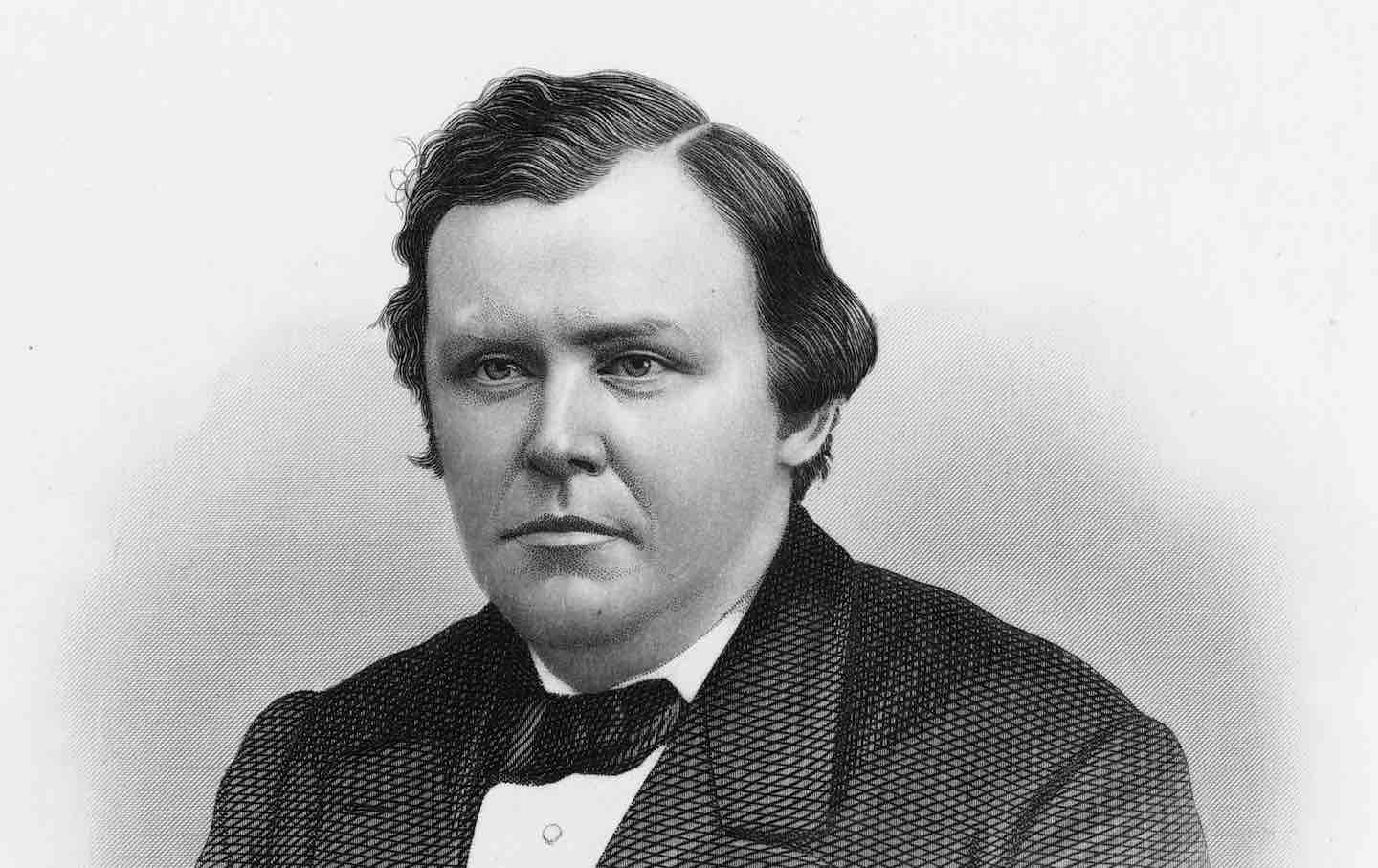
The Peculiar Case of Ignatius Donnelly The Peculiar Case of Ignatius Donnelly
The Minnesota politician presents a riddle for historians. He was a beloved populist but also a crackpot conspiracist. Were his politics tainted by his strange beliefs?

The Agony of Aaron Rodgers The Agony of Aaron Rodgers
Is he the world’s most interesting athlete or is he just a washed-up crackpot?
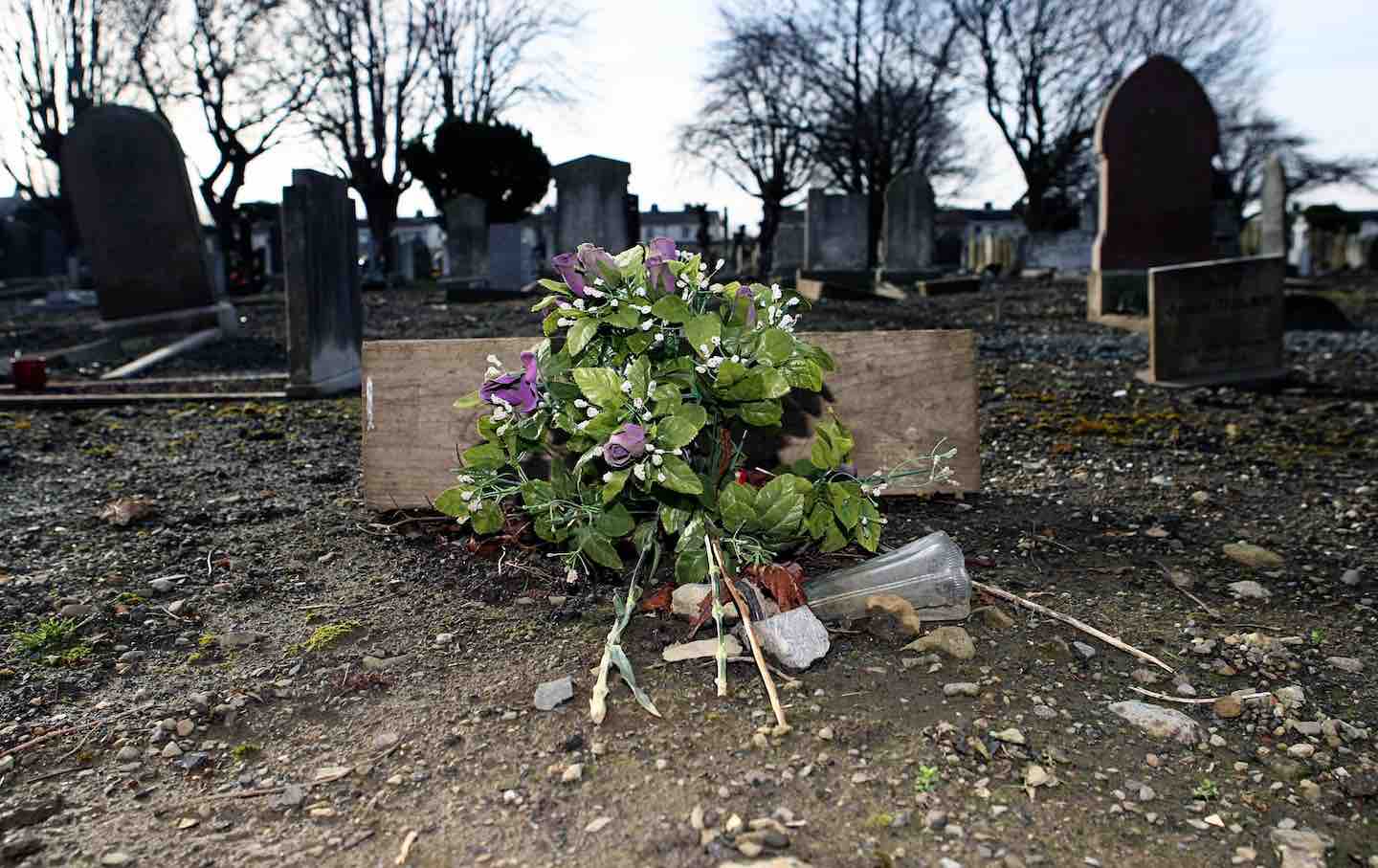
Can You Understand Ireland Through One Family’s Terrible Secret? Can You Understand Ireland Through One Family’s Terrible Secret?
In Missing Persons, Clair Wills's intimate story of institutionalized Irish women and children, shows how a family's history and a nation’s history run in parallel.
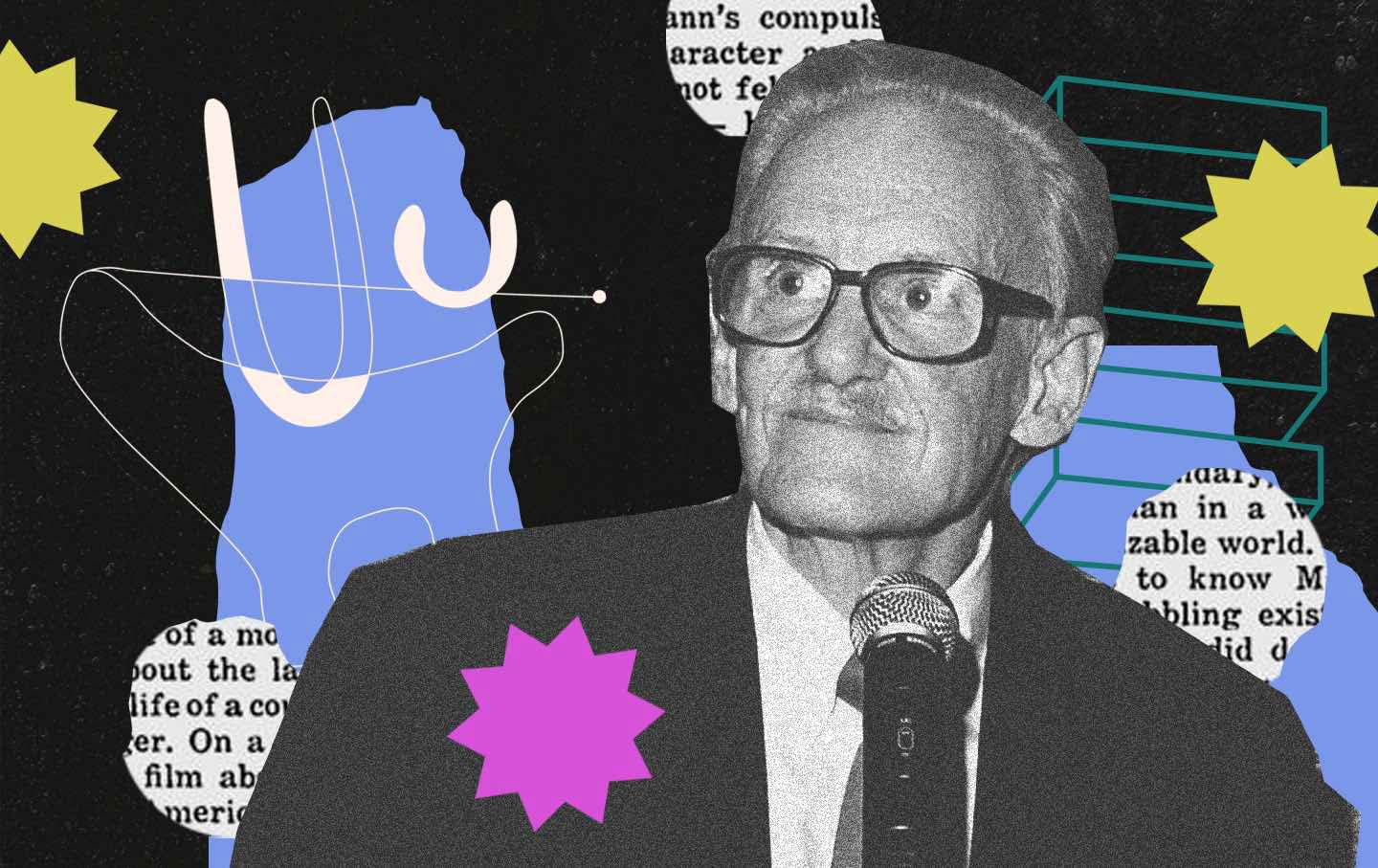
Peter Schjeldahl’s Pleasure Principle Peter Schjeldahl’s Pleasure Principle
His art criticism fixated on the narcissism of the entire enterprise. But over six decades, his work proved that a critic could be an artist too.
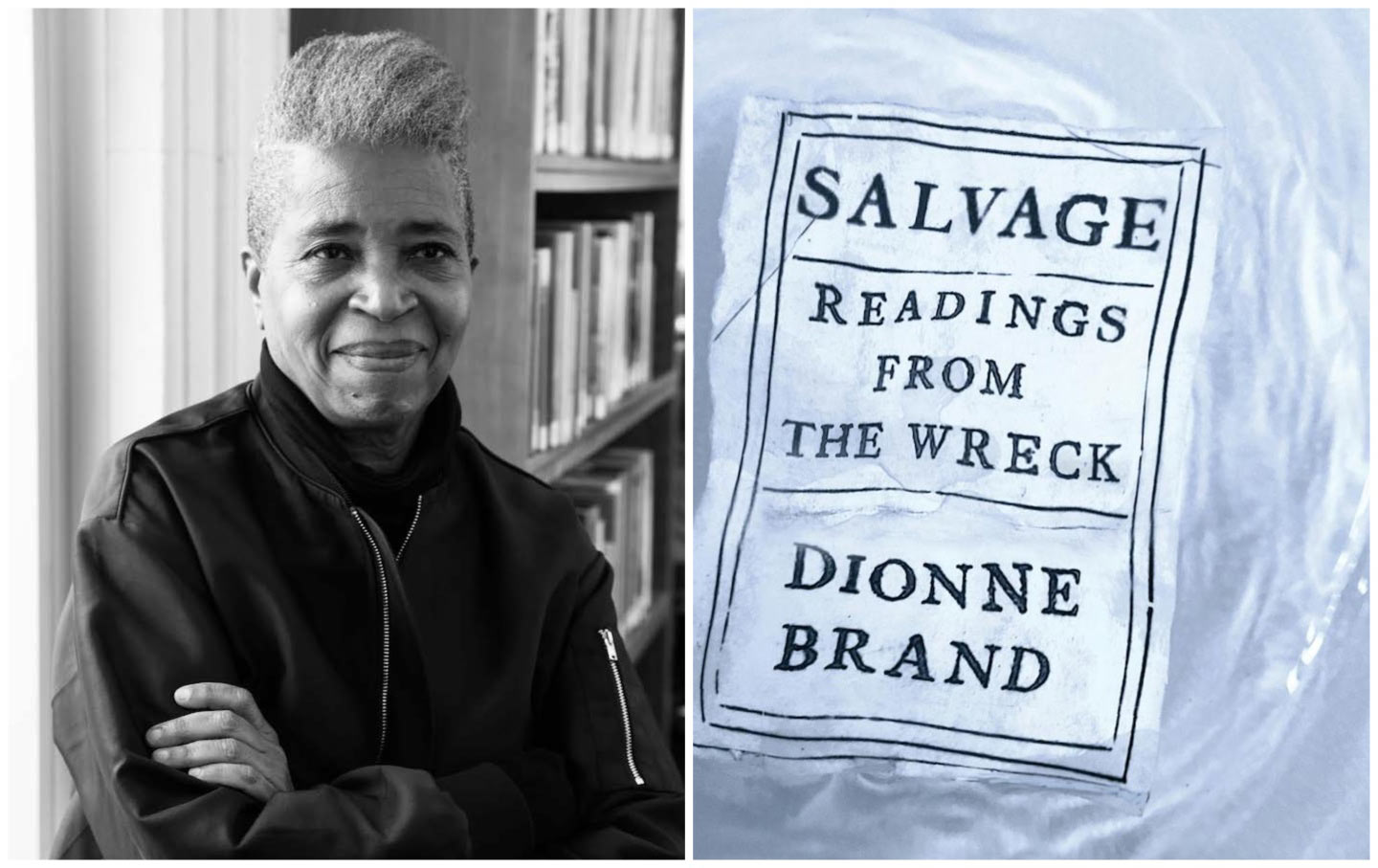
How the Western Literary Canon Made the World Worse How the Western Literary Canon Made the World Worse
A talk with Dionne Brand about her recent book, Salvage, which looks at how the classic texts of Anglo-American fiction helped abet the crimes of capitalism, colonialism, and more...

Along the Roads That Built Modern Brazil Along the Roads That Built Modern Brazil
José Henrique Bortoluci's What Is Mine tells the story of his country’s laborers, like his father, who built its infrastructure, and in turn its fractious politics.


